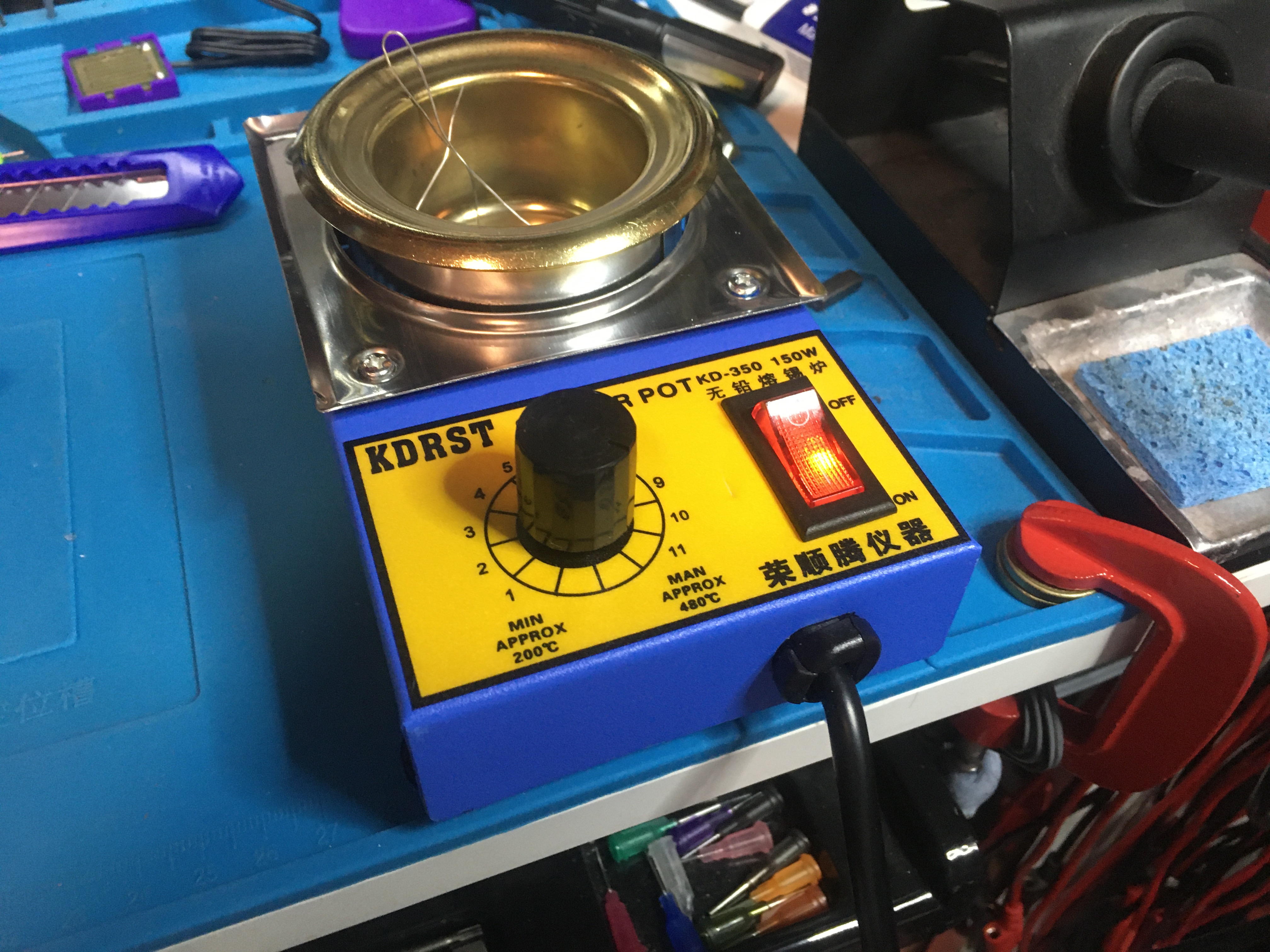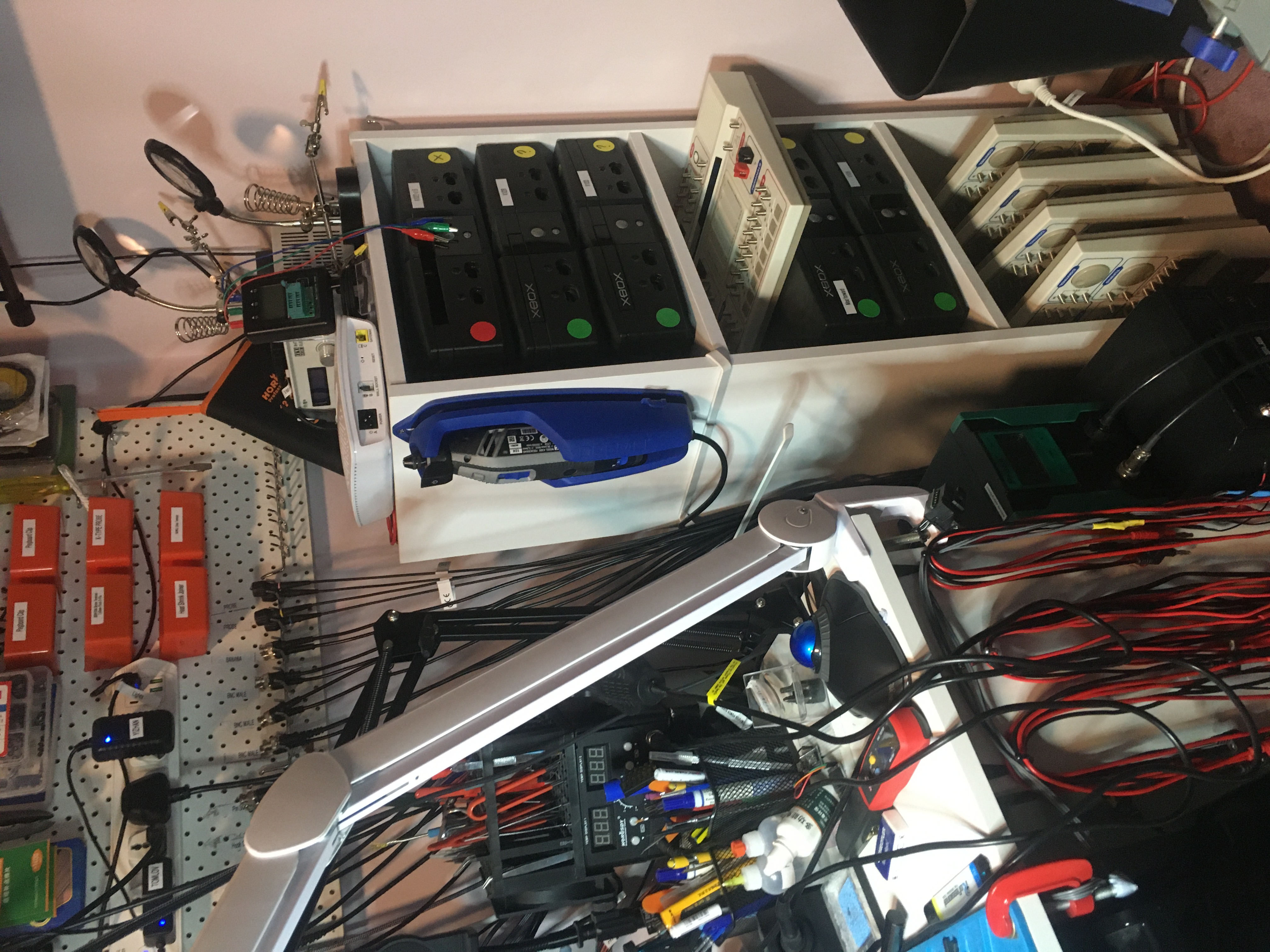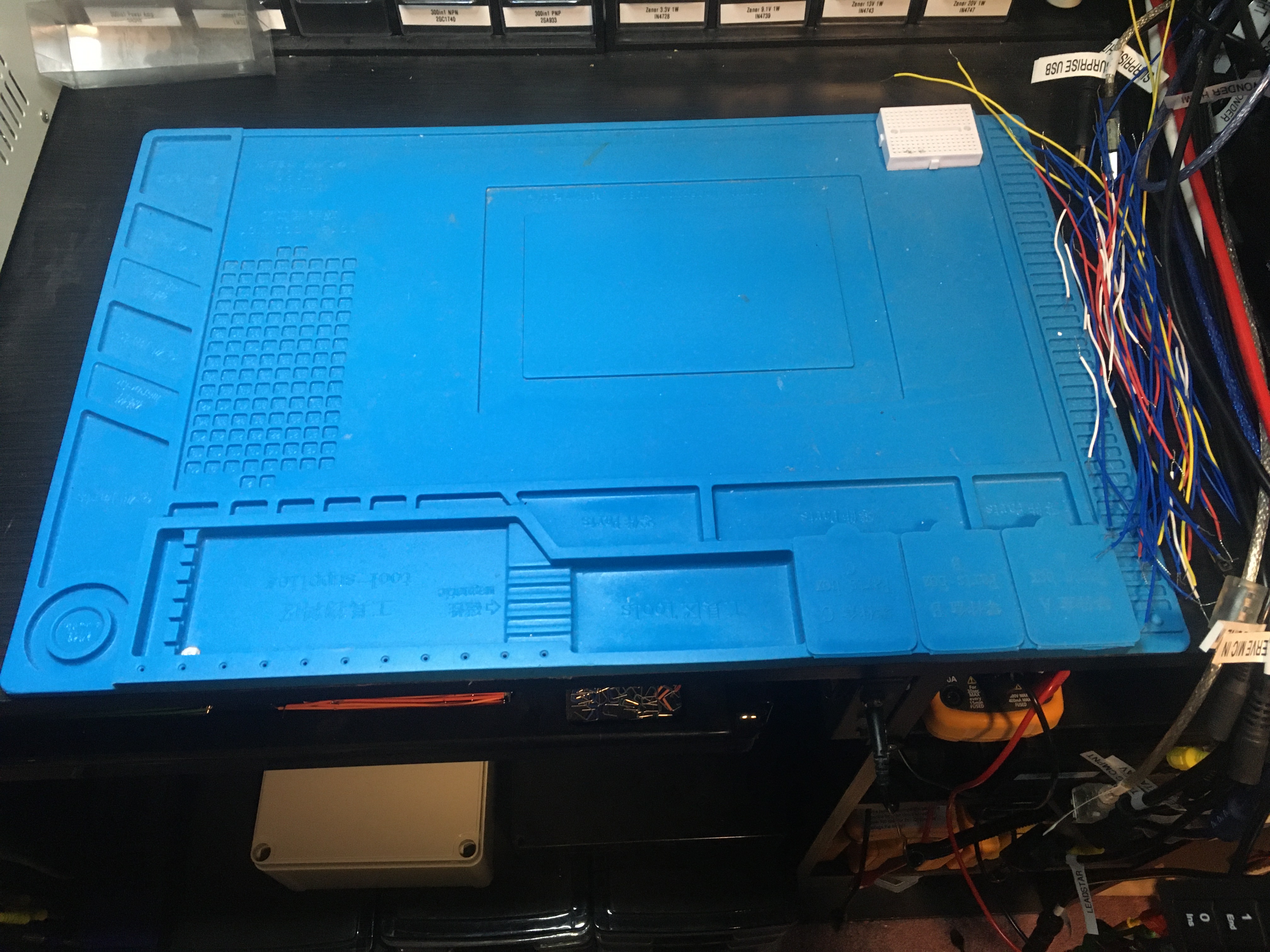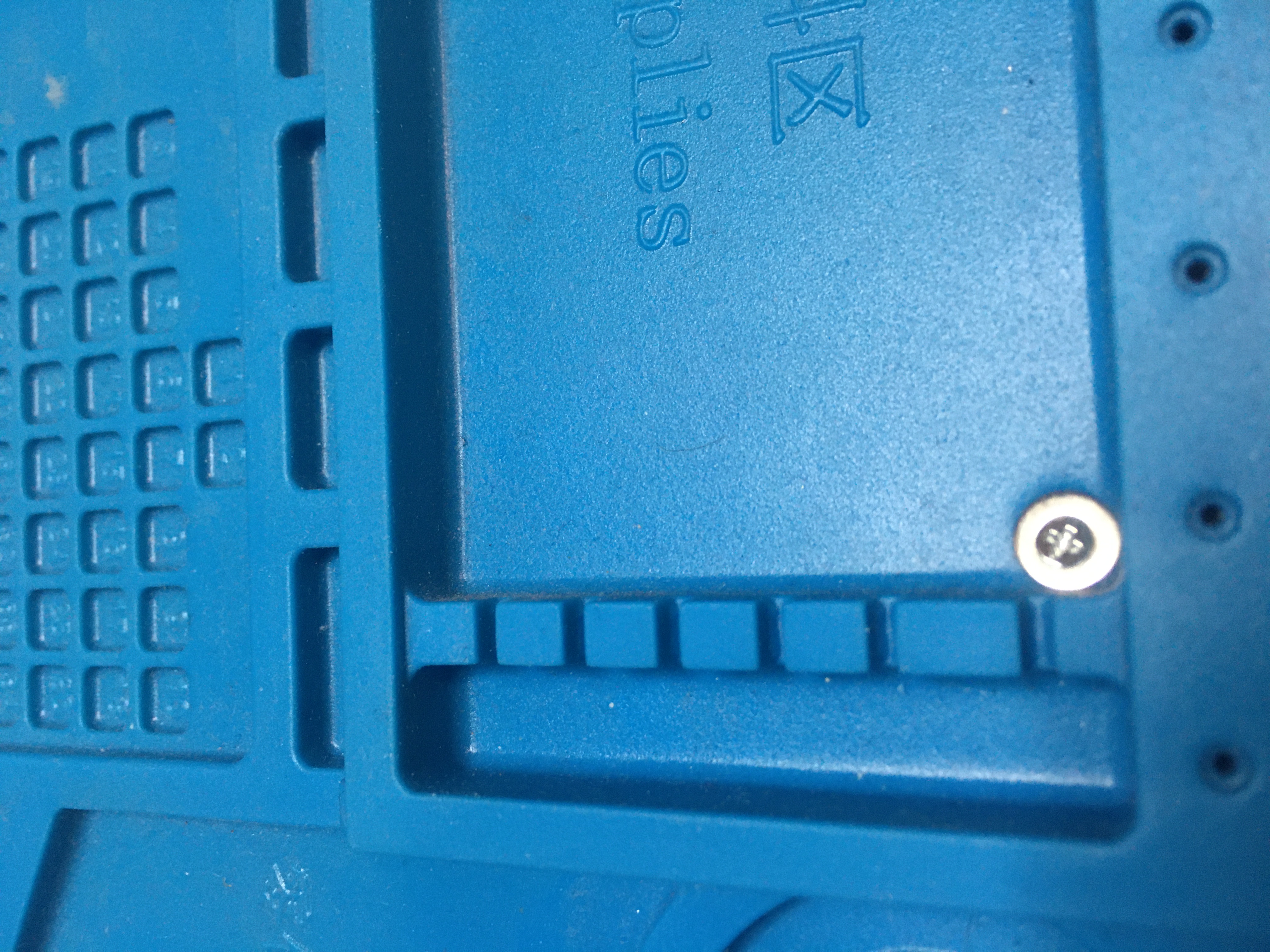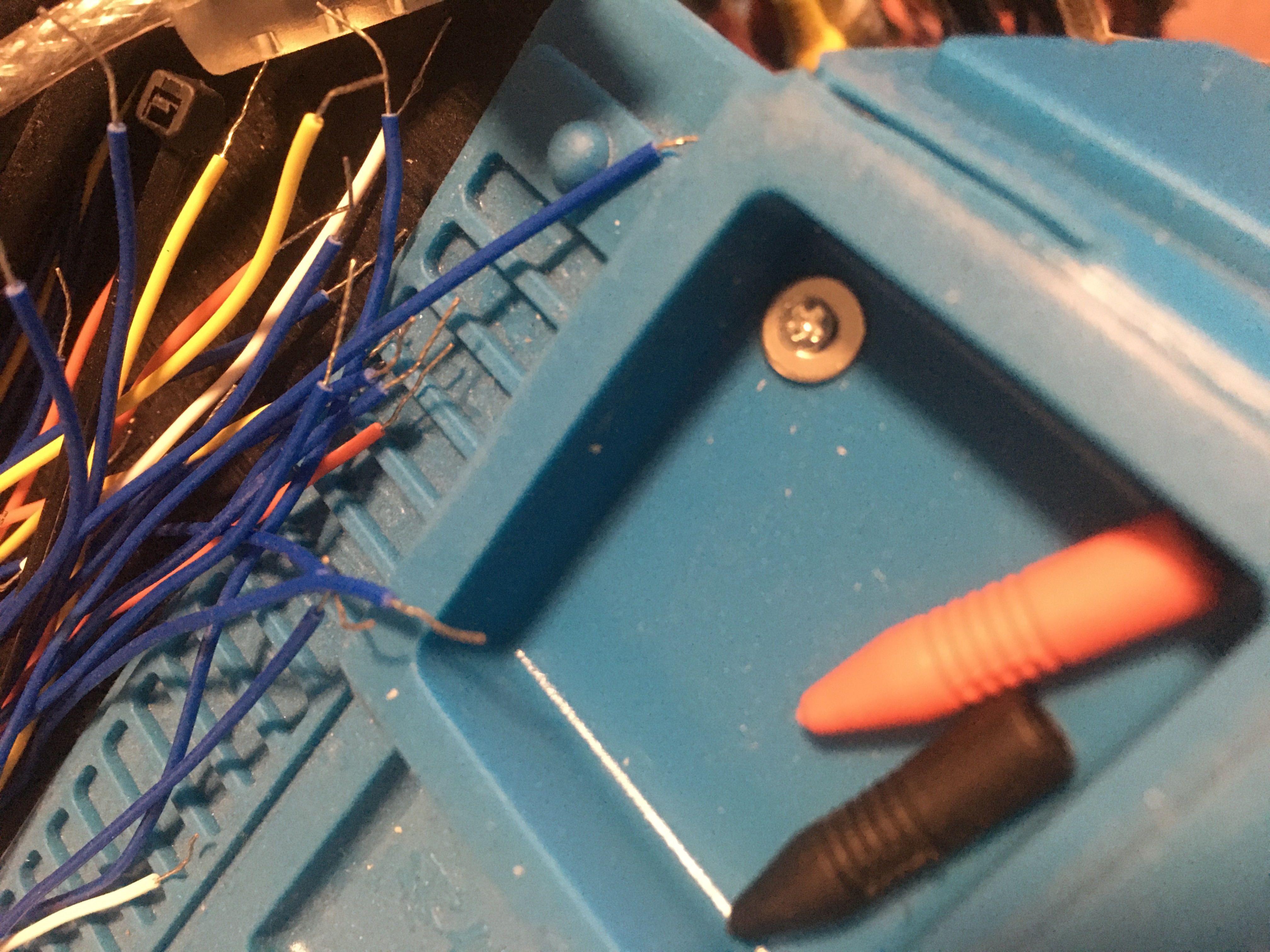This post is part of my video blog and you can find more information about this video over here.
You can support this channel on Patreon: patreon.com/JohnElliotV
Silly Job Title: Buzz Boss
In this video I build and test this kit I purchased from AliExpress: ICL8038 Monolithic Function Signal Generator Module Sine Square Triangle Signal Generators DIY Welding Practice Kit.
My notes are on my wiki: ICL8038.
Thanks very much for watching! And please remember to hit like and subscribe! :)
Following is a product I use picked at random from my collection which may appear in my videos. Clicking through on this to find and click on the green affiliate links before purchasing from eBay or AliExpress is a great way to support the channel at no cost to you. Thanks!
Swann & Morten Handle For No. 10 10A 11 15 15A Scalpel Handle |
Let’s go shopping!


